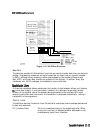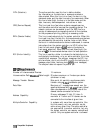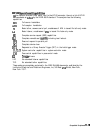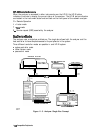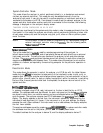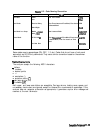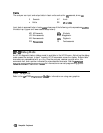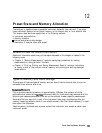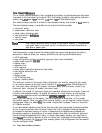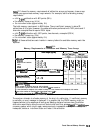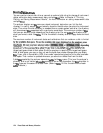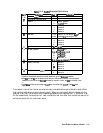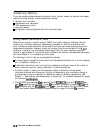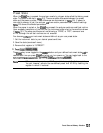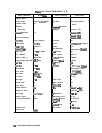
12
Preset State and Memory Allocation
The analyzer is capable of saving complete instrument states for later retrieval. It can store
these instrument states into the internal memory, to the internal disk, or to an external disk.
This chapter describes these capabilities in the following sections:
n
instrument state definition
n
memory allocation
w
internal and external data storage
n
description of analyzer state after preset
Where to Look for More Information
Additional information about many of the topics discussed in this chapter is located in the
following areas:
n
Chapter 2, “Making Measurements,” contains step-by-step procedures for making
measurements or using particular functions.
n
Chapter 4, “Printing, Plotting, and Saving Measurement Results,” contains instructions
for saving to disk or the analyzer internal memory, and printing and plotting displayed
measurements.
Types of Memory and Data Storage
The analyzer utilizes two types of memory and can also utilize the internal disk drive or be
connected to an external disk drive:
Volatile
Memory
This is dynamic read/write memory, of approximately 4 Mbytes, that contains all of the
parameters that make up the
cuTTent
instrument state. An instrument state consists of all the
stimulus and response parameters that set up the analyzer to
make
a specific measurement.
Some data that you may think is part of the instrument state (such as calibration data and
memory traces) are actually stored in non-volatile memory. See “Non-Volatile Memory” to read
more about the differences.
Volatile memory is cleared upon a power cycle of the instrument and, except as noted, upon
instrument preset.
Preset State and Memory Allocation
12-l



